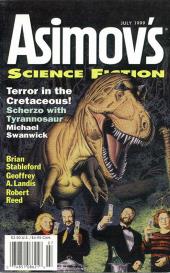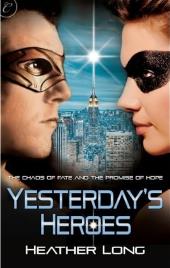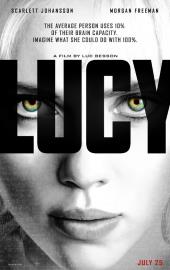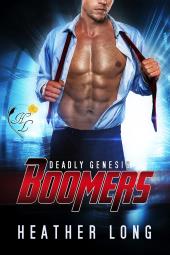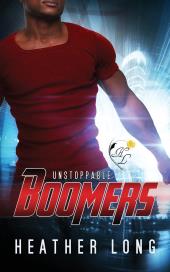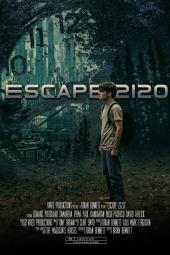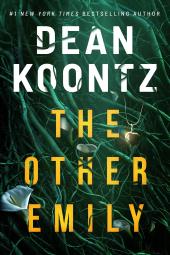Playlet
A Dialogue for the Year 2130: Extracted from the Album of a Modern Sibyl
- by Thomas Henry Lister
- in The Keepsake for MDCCCXXX, edited by Frederic Mansel Reynolds (Hurst, Chance, and Co., and R. Jennings, late 1829) [We know of no performance of this short play.]
John Clute at the SF Encyclopedia describes the short play as “almost predictive of H. G. Wells’s 1053 } The Time Machine,” with Eloi-like upper classes and Morlock-like lower classes—but apart from having such future beings, there are no actual time phenomena in the play. However, the play does mention mechanical horses, steam porters, and automata secretaries who, among other things, write notes of condelences and/or congratulations (sometimes mixing them up). —Michael Main
It is amusing to look at the descriptions of manners as they existed in those times.

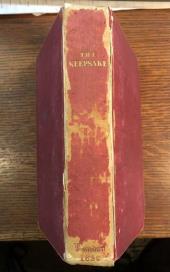

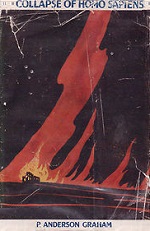


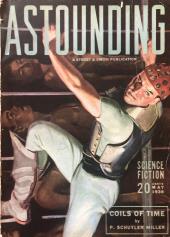
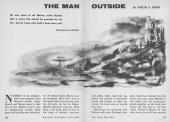
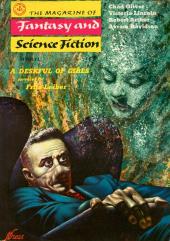
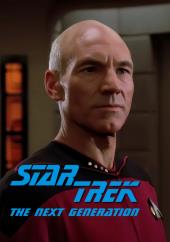
![Ray Bradbury Theater [s04e08]: The Toynbee Convector James Whitmore (as one-hundred-thirty-five-year-old Craig Bennett Stiles) sits
in his Wellsian time machine with bright bluish light streaming through the high
windows behind him.](https://img.ittdb.com/000000/39/61S-39-000000.jpg)
